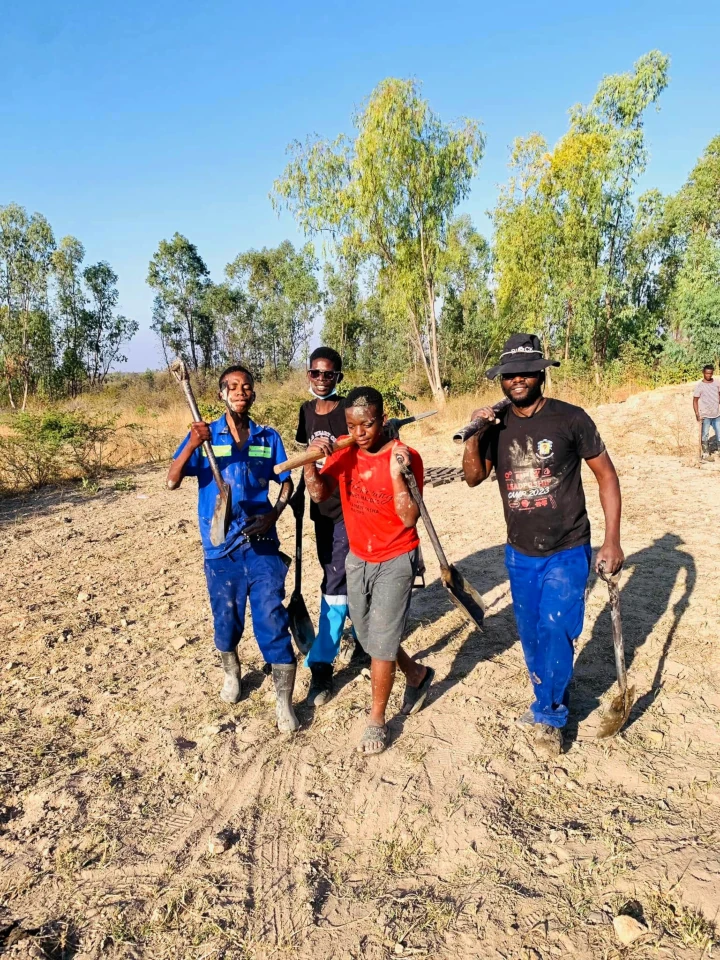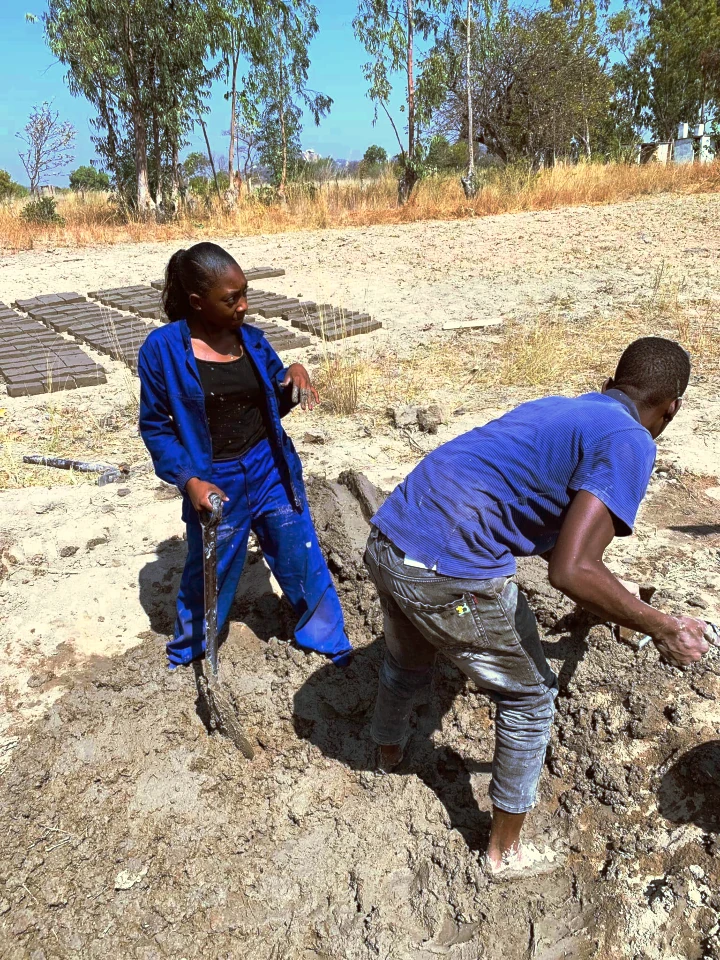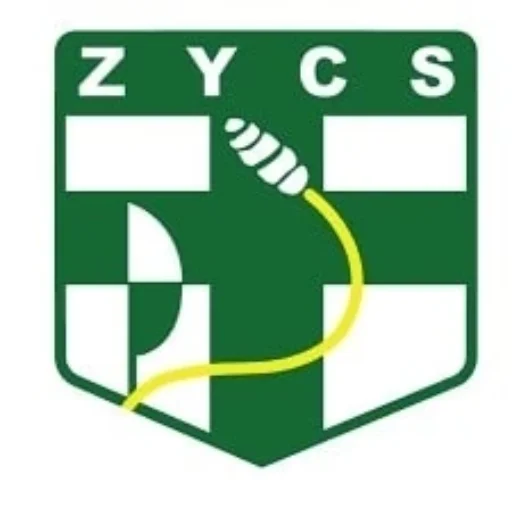
History of the Movement
At the turn of the 20th century, workers in Europe struggled for the basic rights. During this time, many workers drew away from the church because priests and bishops showed little concern for their situation. However, Joseph Cardjin thought that without the workers, the church would be incomplete and also that it was the task of her shepherds to go out and to come to know their situation. Cardjin was born 13 December 1882 in Schaerbeek, Brussels. His father was a gardener and mother was a cook. Early in the morning Joseph would see many workers, many of them children, drudging past his windows, returning dead tired in the late evening. In 1897, Cardjin went to the seminary in Malines, a step which meant additional work for his parents. At the deathbed of his parents, Cardjin promised to use all his energy on behalf of the workers.
After his ordination in 1906, he studied sociology and laid his foundation for his educative work among workers. As assistant priest in Laken, he would visit the quarter in his situation. When he preached, the churches were overflowing with people because people felt he talked about their lives. He built up a network of people who would help him in the pastoral care. Each one had his task. In this way, foundation for YCW (Young Christian Workers) was formed.
In 1914, Germany occupied Belgium, Cardjin was imprisoned after a sermon. During his three years in custody, he kept contact with the groups and sent out secretly work he did in prison. Between 1916 and 1919 he became very sick and and for the first time, the groups had to fend for themselves. Before he went to hospital, he ended an address with the words: IF YOU BELIEVE, WE SHALL CONQUER THE WORLD. During his absence, the movement grew through the enthusiasm of young people.
When Cardjin was returned from hospital, his dream of a larger worker movement came true. On 18 April 1925, there were 6000 workers assembled representing about 200 groups. In 1926, Cardjin and his team were invited to Paris to establish the first YCW there. He died on 24 July 1967. Cardjin was a powerful speaker and an untiring worker. He was able to call forth the enthusiasm of large masses of people as well as inspire small groups to an over deepening commitment. In him with his love for them, the oppressed workers could see Christ. Cardjin was truly a prophet, a man of word and action. Only through strict discipline, could he achieve his aims, he asked much of himself and from his workers. He recognised the demands of the Gospel and translated these into action. He often said,”One must be able to start and start again.” may we have the strength and the patience to do just.
History of the Movement in Zimbabwe
YCS and YCW were started as one movement. YCS/YCW through the initiative of Sr. Sarto, Fr. F. Camenzind, and Sr. Angelika. After groups existed in a few places, Mukaro, Berejena and Mashava, study meetings were arranged. Gradually YCS spread into most parts of the secondary schools in the then Gweru Diocese. Visits from Sr. Clara, D. Pick and R. Nunes helped the young movement to develop further. Until 9176, the liberation war began and movement from place to place and study meetings became difficult. Between 1977 and 1980, David and Br. Leon Fischer worked as a volunteer for both YCS and YCW.

In 1981, at a meeting of YCW leaders, it was decided by these to separated from YCS, so that both movements would find their distinct identity. In the same year, K. Hanekom was sent to Zimbabwe as coordinator for Southern Africa and with his help the first National Council was held and the first National Team was elected which comprised David Munhumeso, Farai Gasa and Paul Gundani. The movement was represented at the world session by David Munhumeso and O. Guta. At the Pan-African session, Munhumeso was elected into the Pan-African team with the mandate to set up the Pan-African Coordination centre in Nairobi. Between 1977 and 1980, David helped spread the movement , train leaders in Gweru and Harare dioceses. He also initiated the movement in Lesotho and Swaziland. The movement is now present in the rural secondary schools, established secondary schools, universities and colleges.
The Spirit of the Movement
YCS as a movement aims to form individuals who are active in political, social, economic and religious life. In YCS we believe that our faith needs to express itself through action. Furthermore, we believe Christianity is lived and not attended to once a week. Our vocations as Christians compels us to look at our realities and how they affect all students and the milieus. This demands we constantly reflect in the realities in our country. As members of YCS we are disciples of Christ . through our love and faith for Christ we are guided to perform a suitable action for an identified area of weakness. He guides us in contact with other people we meet, and to those we involve in performing these actions. With Christ in and among us, we become the salt that adds the taste to our society and a light to the people. Our small actions giving to those in need with conviction and guidance by the spirit of God will help to transform the world, bringing relief as well as reaching into the heart of every person. Thus, we proclaim the Good News of the arrival of the kingdom of God on earth, YCS therefore wants to help individuals in their personal transformation and growth. The message on this issue is from James 2:14-18,” My brothers, what good is it for someone to say that he has faith if his actions do not prove it? Suppose there are brothers and sisters who need clothes and don’t have enough to eat.”
My brothers, what good is it for someone to say that he has faith if his actions do not prove it? Suppose there are brothers and sisters who need clothes and don’t have enough to eat
James 2:14-18
Methods of YCS
The Review of Life
In relating experiences, worries and problems brought forward, the group looks at each item mentioned in an attempt to provide answers to questions of life:
The Inquiry
After the review of life, the group tries to make an inquiry into the problem brought forward. That is when the SEE part comes- making careful observation about the whole issue, facts about the whole issue are gathered, and those will provide answers to the questions.
Judge
This exquisite compilation showcases a diverse array of photographs that capture the essence of different eras and cultures, reflecting the unique styles and perspectives of each artist.
Act
This exquisite compilation showcases a diverse array of photographs that capture the essence of different eras and cultures, reflecting the unique styles and perspectives of each artist.
Review of Action
This exquisite compilation showcases a diverse array of photographs that capture the essence of different eras and cultures, reflecting the unique styles and perspectives of each artist.
Types of Action
This exquisite compilation showcases a diverse array of photographs that capture the essence of different eras and cultures, reflecting the unique styles and perspectives of each artist.
